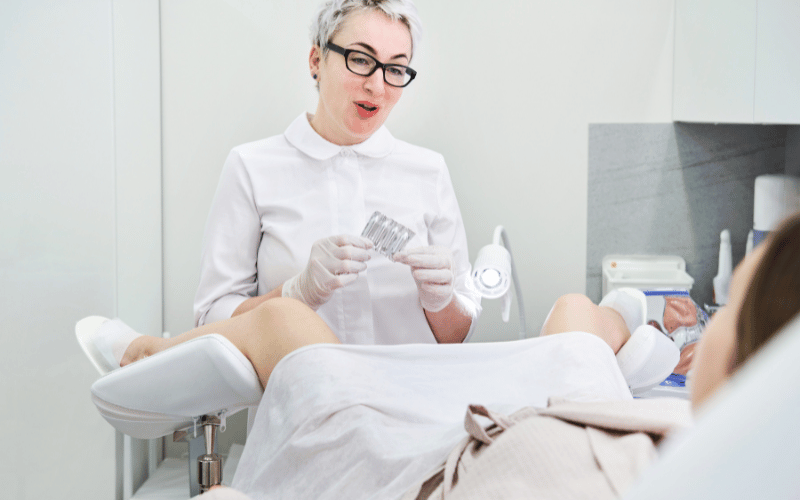Introduction
Every woman’s health journey is profoundly personal. Along this path, one encounters various hurdles and triumphs, with some health matters being easy to address while others demand deeper introspection and understanding. Among these, rectal prolapse remains less explored. A delicate matter, indeed, but crucial for maintaining overall well-being.

Rectal prolapse is a condition characterized by the rectum’s descent, the lower end of the intestine, until it protrudes from the anus. Such an occurrence is not only distressing due to the physical discomfort but also the mental and emotional strain it often brings. It’s vital to remember that early detection and understanding its symptoms can be key to effective management or even reversal.
Understanding one’s body, recognizing changes, however minute they may be, forms the foundation of maintaining health. Recognizing the symptoms of rectal prolapse early on can make a significant difference in the course of treatment and recovery. Before we dive into the specific symptoms, it’s essential to grasp that a holistic approach to health – one that marries physical observations with emotional well-being – is crucial.
Therefore, we encourage every woman reading this to approach this topic with an open mind, understanding that knowledge is power. Equipped with this knowledge, one can better navigate potential health challenges, ensuring a life of comfort, dignity, and wellness.
Symptom 1: Visible Rectal Tissue

One of the most glaring indicators of rectal prolapse in women is the appearance of a reddish mass protruding from the anus. This visible tissue is especially pronounced after bowel movements and is more common during moments of intense straining. When this symptom manifests, it’s not merely a cosmetic concern but a possible sign that the body’s internal structures are not functioning as they should.
This tissue’s visibility is due to the rectum’s descent, which is not just the body’s way of sounding an alarm but can also be a cause for psychological distress. It’s imperative to understand that this isn’t just a matter of appearance; it’s a testament to how internal disruptions can have external manifestations.
For women experiencing this symptom, there might also be a sensation of heaviness or discomfort. The protrusion might retract on its own or may need manual readjustment. Though some might brush this off as a temporary inconvenience, it’s crucial to address this symptom proactively.
Early detection and subsequent treatment can prevent complications. If left untreated, the visible tissue might increase in size or become more frequent, adding to the discomfort. Ensuring regular medical check-ups and paying heed to such anomalies in the body can pave the way for timely interventions. (1)